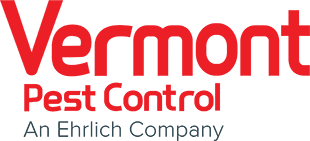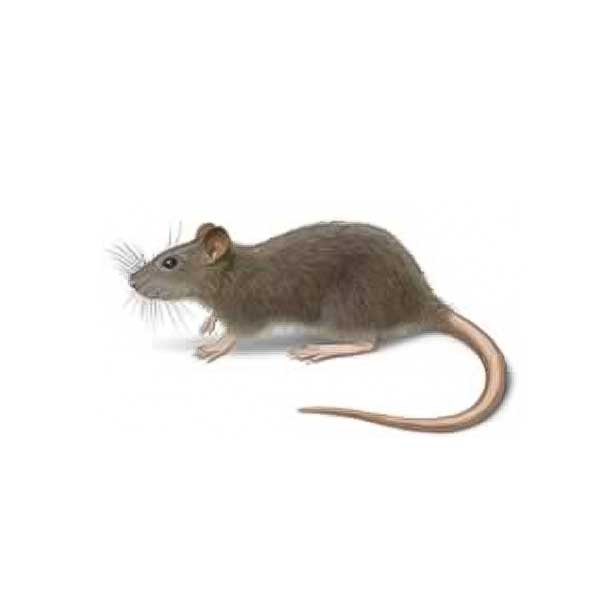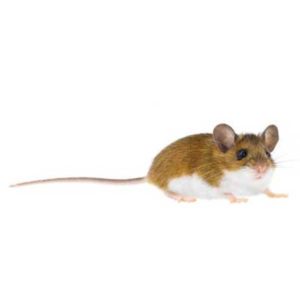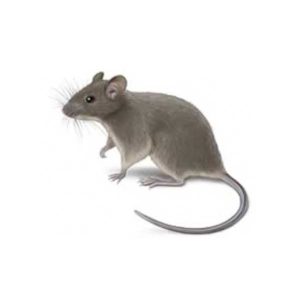Norway Rats in Vermont
Norway rats are nocturnal and can run, climb, jump, swim, and more. They are typically bigger than roof rats, as well as more aggressive. Norway rats will eat nearly any type of food, but if given a choice, they select fresh food over stale or contaminated foods. They prefer cereal grains, meats and fish, nuts, and fruit. Food items in household garbage offer a balanced diet and also satisfy their moisture needs. When food sources become scarce, Norway rats may resort to cannibalism and prey on younger, weaker rats. In general, the rodents are opportunistic and feed on anything discovered when they are foraging around. That said, they gravitate toward grains, nuts, and meats.
Norway Rat Habitat
Norway rats prefer to live in underground tunnels or burrows. Inside, they are often found in crawl spaces, basements, attics, or ceiling areas. Burrows of new, establishing rat populations are between 12-20 inches long. As the population grows, the burrows are enlarged and connect with other burrows to form a network of underground tunnels. Ground burrows usually have one central opening used for an entrance or exit and a couple of holes used for escaping. As the rat population increases and if food or water sources are limited, fighting will begin to defend territories. Dominant rats feed at night and are mostly nocturnal. Seeing rats active during the daytime often indicates a large population.
Norway Rat Behaviors, Threats, or Dangers
Norway rats can damage foundations, slabs, garden crops, and plants as they burrow and gnaw to find food and shelter. Inside homes, Norway rats may cause extensive damage when nesting in walls and attics. Accounts of rodents starting fires through the gnawing of electrical wires have been widely reported. Chewed, exposed wires inside walls can spark, causing interior walls to catch fire. When foraging for food, these rats consume and contaminate food meant for humans, pets, and livestock. Salmonella, leptospirosis, and rat-bite fever are among the dozens of diseases spread by Norway rats.
If you have a Norway rat infestation in your Vermont property, always contact a licensed rodent control company.
Need help with Norway Rats?
We'll call you! Leave your information below.



